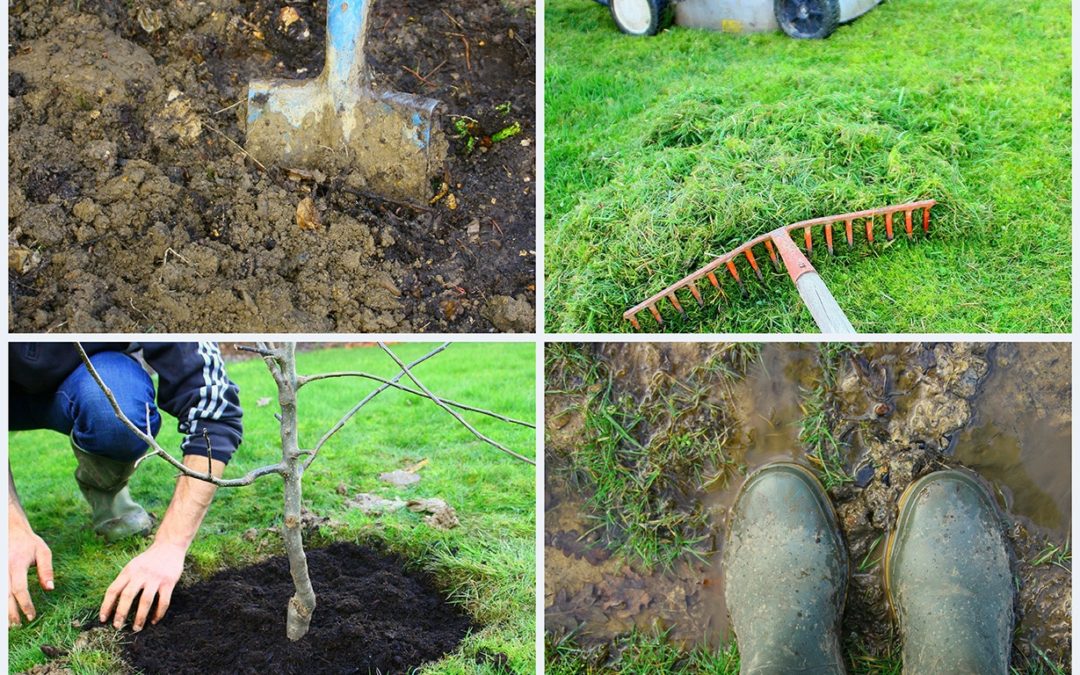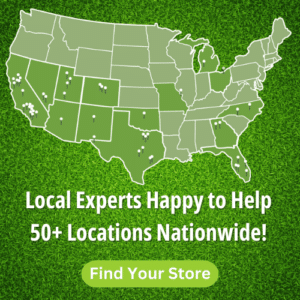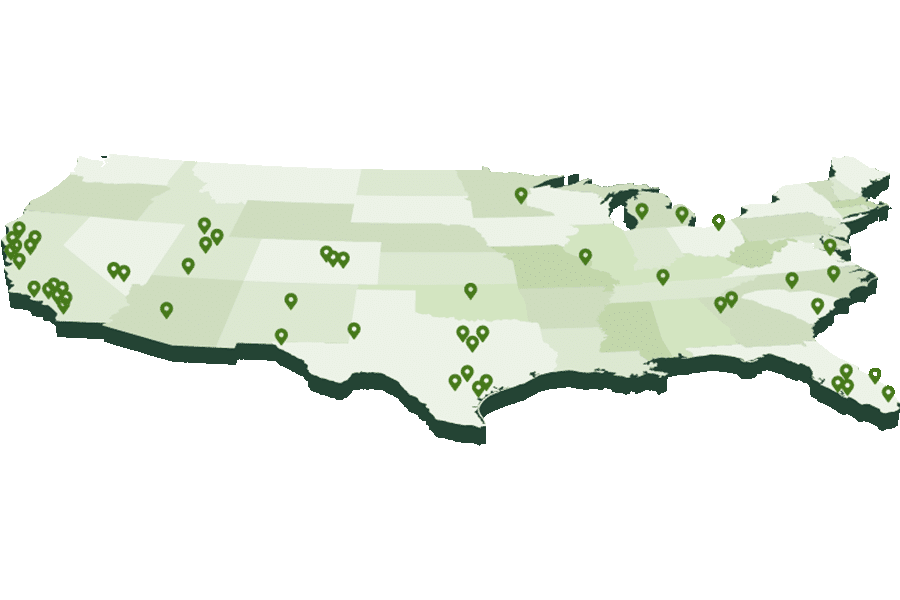Artificial grass has come a long way since the days when chintzy green fabric decorated so many lawns. Today, you can get artificial grass that looks so lush and green that you’d swear a professional landscaper just finished grooming and watering your grass. The only difference is that artificial grass doesn’t wither and die in the summer heat, it doesn’t suffer from weed invasions, and it doesn’t require watering and fertilizers. And because of its beauty and resilience, it’s the perfect choice for a ground cover in every corner of your yard, including the garden and landscaped parts.
In drought areas like Southern California, choosing to install artificial grass will mean that you get a beautiful green lawn and fully covered garden that would otherwise be virtually impossible to maintain – especially if you live in an area that has water restrictions imposed.
If you’re in an area with a prolonged water shortage, you may also be eligible for a turf removal rebate that will help cover the cost of installing artificial grass at your home or business.
Here are the three steps you’ll need to take to get your garden ready for an artificial grass installation:
Remove existing plants and roots
Any place that already has grass or weeds will just cause problems during the installation process, so make sure to dig up any plants you don’t want. For most grass, you may have to dig down an inch or two to remove the bulk of the root system. Larger weeds may require individual attention with a cultivator to ensure there’s nothing that can spring up under your new artificial grass.
If you have multiple plant beds, shrubs or trees in your garden, it may help to place a border or markers around each feature. This helps create solid lines from which to measure and place your new grass, and helps ensure that nothing gets crowded out during the installation process.
Set up a drainage base
Artificial grass requires a firm base to help keep the grass even, as well as to ensure proper drainage so it doesn’t mold or have other issues resulting from moisture accumulation. Periodic rinsing is part of the routine maintenance for your artificial grass, so drainage is critical even in very dry areas with minimal precipitation.
In most low-water situations, a base of 2-3 inches of gravel or aggregate is enough to provide adequate drainage and a stable base for your grass. Factors that may impact the type and depth of base include:
- Foot traffic levels
- Expected use (kids, sports, pets, etc.)
- Density of underlying native materials
- Expected temperature swings
Many people prefer to place landscaping fabric over the entire area before laying a base to help prevent sinking over time. The courser the base, the more potential you have for a hard or lumpy finished lawn. With the right pairing of base material and backing thickness, the finished product should look and feel extremely similar to a naturally grassy area.
Deciding how much and what kind to buy
Buying artificial grass is cheaper than maintaining a living lawn, but it’s still critical to take good measurements so you don’t pay for more turf than you actually need. In addition to the measurements of the entire area you’d like to cover, make sure to take notes on feature measurements, such as:
- The distance from the property line to the nearest tree or shrub
- Size and positions (relative to the property line) of all flower or succulent beds
- Irregular shapes on the property line
- Any immovable landscaping, such as walking paths or stonework
Artificial grass comes in rolls of varying lengths. Plot your measurements based on the actual length and width of the roll on the exact grass you want to buy. Whenever possible, you want cutouts for garden features to be on the edge of a roll so that it’s easier to cut without damaging the surrounding artificial grass.
Always pay attention to recommended traffic levels when you’re buying your grass. You may be able to get attractive results with the cheapest artificial grass in those out-of-the-way corners of your garden. The main green apron in your front or back yard, on the other hand, usually needs more resilient artificial grass because it provides recreation space for adults, kids, and pets alike. If you want to completely replace your garden’s walking paths with artificial grass, you may even consider playground grass or pet grass because of its high level of resilience to all manner of traffic.
There’s a lot that goes into a successful artificial grass installation, but what it gives in financial savings, water savings, and improved aesthetics far outweighs the work that goes into it. Once you’ve gone through these three steps, your garden or landscaped lawn area is ready for installation. While you can hire a professional landscaper to do this part, you can also learn how to do it yourself with the DIY Easy Install Guide, which is available for free download.





